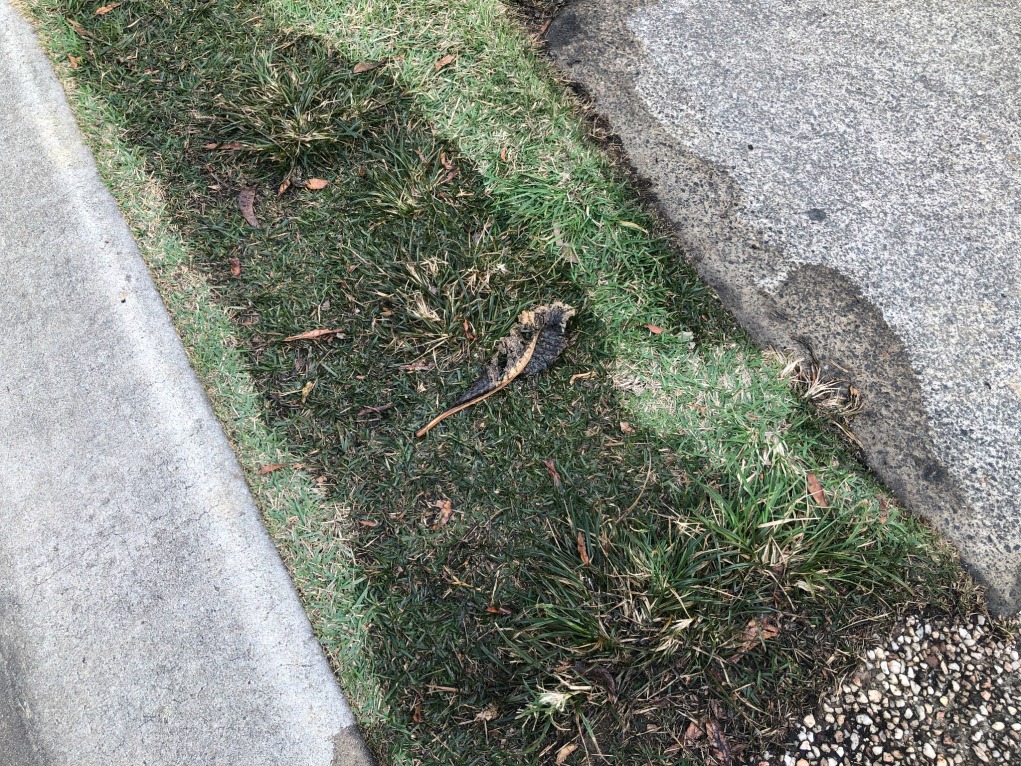Guide To Water Leakage Discovery In The House
Guide To Water Leakage Discovery In The House
Blog Article
How do you really feel about Finding hidden leaks?

Early detection of dripping water lines can mitigate a possible catastrophe. Some little water leaks might not be visible.
1. Examine the Water Meter
Every home has a water meter. Inspecting it is a surefire manner in which helps you discover leakages. For beginners, switch off all the water sources. Make certain no one will certainly flush, utilize the faucet, shower, run the washing maker or dish washer. From there, most likely to the meter as well as watch if it will alter. Considering that nobody is using it, there must be no movements. If it moves, that indicates a fast-moving leak. Similarly, if you detect no changes, wait a hr or two and also inspect back once more. This indicates you may have a sluggish leakage that can even be underground.
2. Check Water Intake
Analyze your water bills and also track your water usage. As the one paying it, you ought to discover if there are any type of inconsistencies. If you spot sudden changes, in spite of your usage being the same, it suggests that you have leakages in your plumbing system. Bear in mind, your water bill must drop under the same array every month. An unexpected spike in your bill suggests a fast-moving leakage.
A steady rise every month, also with the same practices, shows you have a sluggish leakage that's likewise gradually rising. Call a plumber to thoroughly examine your residential or commercial property, especially if you really feel a cozy location on your flooring with piping below.
3. Do a Food Coloring Test
30% comes from commodes when it comes to water usage. Examination to see if they are running appropriately. Decline specks of food color in the storage tank and also wait 10 mins. If the shade in some way infiltrates your dish during that time without flushing, there's a leakage between the container and bowl.
4. Asses Exterior Lines
Do not fail to remember to inspect your exterior water lines as well. Ought to water seep out of the link, you have a loose rubber gasket. One little leak can waste lots of water and increase your water bill.
5. Examine the scenario and also inspect
Home owners ought to make it a behavior to check under the sink counters and also also inside closets for any kind of bad odor or mold and mildew development. These two red flags show a leakage so timely attention is required. Doing routine inspections, even bi-annually, can save you from a major problem.
If you understand your home is currently old, maintain a careful eye on your heaters, hoses, pipelines etc. Look for stainings and damaging as many appliances as well as pipes have a life expectancy. They will certainly additionally normally weaken as a result of wear and tear. Do not wait for it to intensify if you believe leaking water lines in your plumbing system. Call an expert plumber as soon as possible so you do not end up with a dreadful mess in your home.
Early discovery of leaking water lines can reduce a potential disaster. Some little water leaks may not be visible. Examining it is a proven way that aids you uncover leakages. One little leakage can lose bunches of water as well as spike your water costs.
If you suspect leaking water lines in your plumbing system, do not wait for it to escalate.
WARNING SIGNS OF WATER LEAKAGE BEHIND THE WALL
PERSISTENT MUSTY ODORS
As water slowly drips from a leaky pipe inside the wall, flooring and sheetrock stay damp and develop an odor similar to wet cardboard. It generates a musty smell that can help you find hidden leaks.
MOLD IN UNUSUAL AREAS
Mold usually grows in wet areas like kitchens, baths and laundry rooms. If you spot the stuff on walls or baseboards in other rooms of the house, it’s a good indicator of undetected water leaks.
STAINS THAT GROW
When mold thrives around a leaky pipe, it sometimes takes hold on the inside surface of the affected wall. A growing stain on otherwise clean sheetrock is often your sign of a hidden plumbing problem.
PEELING OR BUBBLING WALLPAPER / PAINT
This clue is easy to miss in rooms that don’t get much use. When you see wallpaper separating along seams or paint bubbling or flaking off the wall, blame sheetrock that stays wet because of an undetected leak.
BUCKLED CEILINGS AND STAINED FLOORS
If ceilings or floors in bathrooms, kitchens or laundry areas develop structural problems, don’t rule out constant damp inside the walls. Wet sheetrock can affect adjacent framing, flooring and ceilings.
https://www.servicemasterbyzaba.com/blog/how-to-detect-water-leakage-in-walls/

As a keen reader on Hacks to detect leaks, I think sharing that excerpt was worth the trouble. In case you appreciated our post if you please remember to pass it around. I am grateful for your time. Come back soon.
Report this page